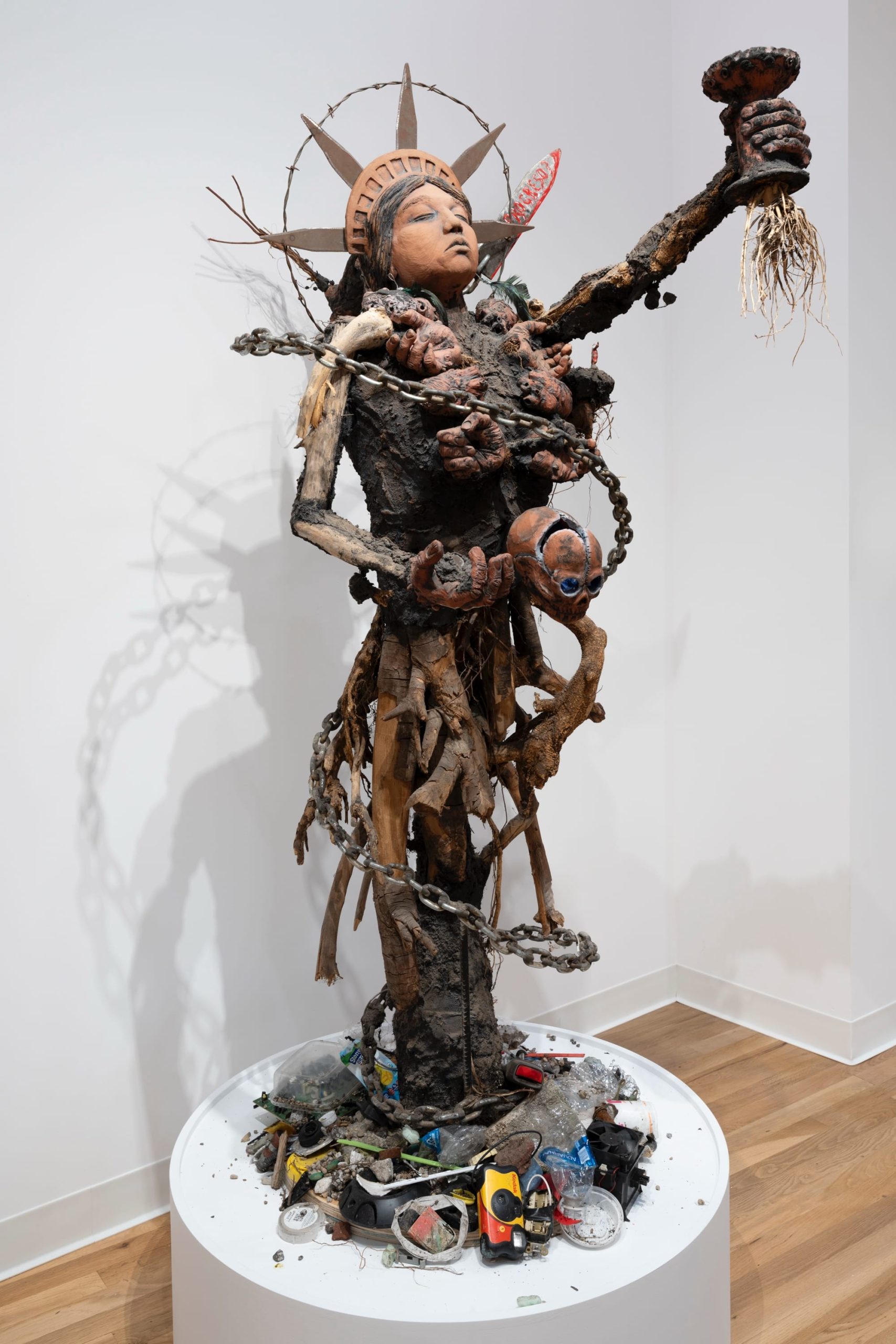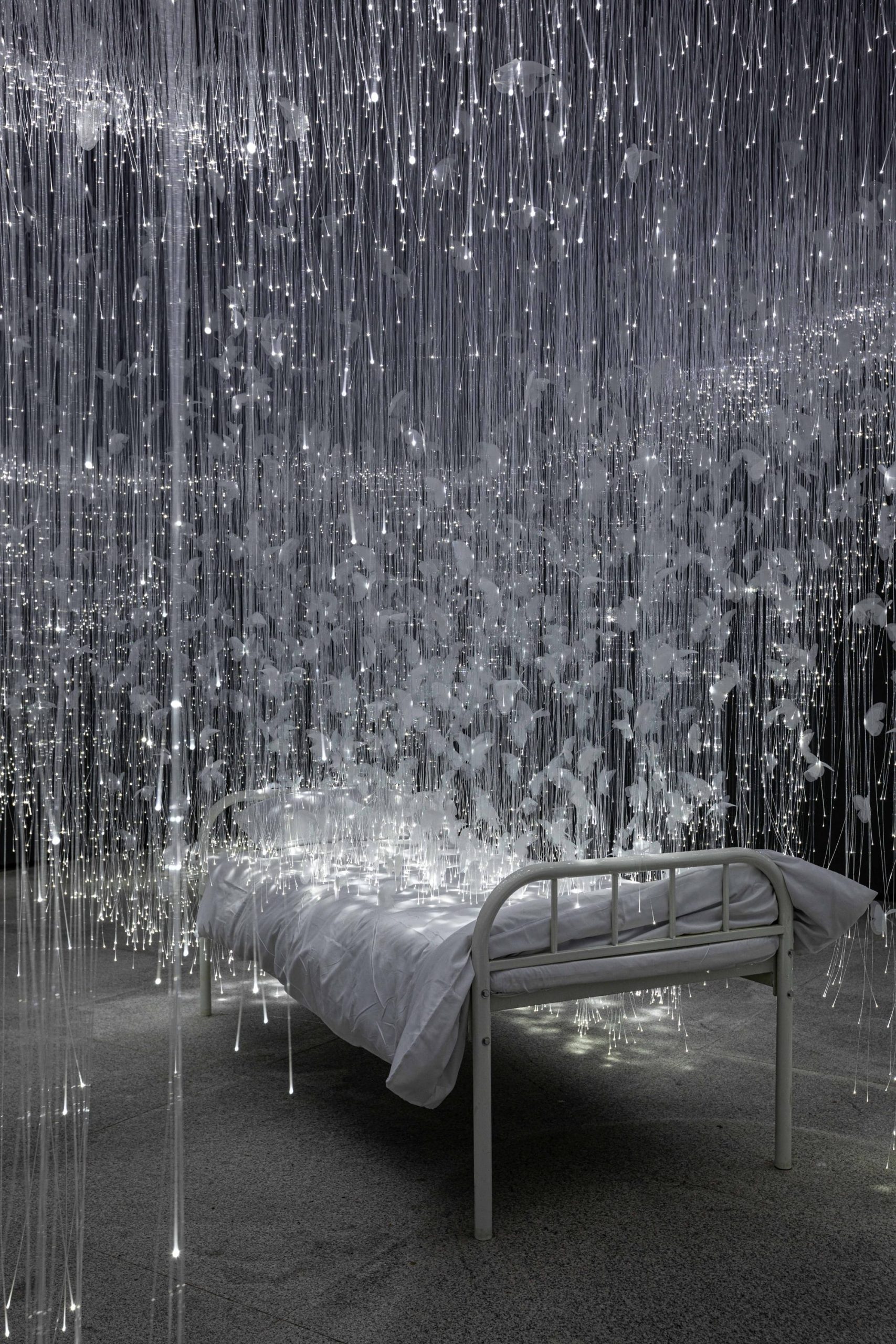Understanding how color theory shapes graphic design is essential for creating visually appealing and effective designs. Color plays a crucial role in evoking emotions, conveying messages, and influencing user experience. In this article, we will explore the significance of color theory in graphic design, the psychology behind color choices, creating visual hierarchy, and the impact of color contrast on user experience.
The Psychology Behind Color Choices in Graphic Design
Color plays a crucial role in graphic design, as it has the power to evoke emotions, convey messages, and influence perceptions. Understanding the psychology behind color choices can help designers create impactful and visually appealing designs.
The Influence of Color on Emotions
- Warm Colors: Colors like red, orange, and yellow are known to evoke feelings of warmth, energy, and excitement.
- Cool Colors: Colors such as blue, green, and purple are often associated with calmness, serenity, and trust.
- Neutral Colors: Colors like white, black, and gray can convey simplicity, sophistication, and balance.
The Symbolism of Colors
Colors also carry cultural and symbolic meanings that can impact how a design is perceived. For example:
- Red: Often associated with passion, love, or danger.
- Blue: Symbolizes trust, stability, and peace.
- Green: Represents growth, nature, and harmony.
The Importance of Color Consistency
Consistency in color choices across branding materials is essential for creating a strong visual identity and brand recognition. Designers must consider how colors will be perceived across different mediums and ensure coherence in color usage.
The Role of Color Contrast
Color contrast is vital for ensuring readability and accessibility in design. By using contrasting colors effectively, designers can draw attention to key elements, create visual hierarchy, and improve user experience.
The Power of Color Combinations
Understanding color harmonies and combinations can help designers create visually appealing and balanced designs. Techniques such as complementary, analogous, and triadic color schemes can be used to create harmony or contrast in a design.
The Impact of Color on Brand Perception
Colors can significantly influence how a brand is perceived by its audience. By choosing the right colors that align with the brand’s values and target audience, designers can evoke the desired emotions and associations to strengthen brand identity.
Overall, the psychology behind color choices in graphic design is a powerful tool that designers can leverage to create compelling and effective visual communication.
Creating Visual Hierarchy with Color Theory in Design
Color theory plays a crucial role in establishing visual hierarchy in design. By understanding how colors interact and influence each other, designers can effectively guide the viewer’s attention and create a sense of order within a composition.
The Basics of Color Theory
- Primary, secondary, and tertiary colors
- Color wheel and color schemes
- Warm vs. cool colors
Using Color to Establish Hierarchy
Designers can use color to prioritize information, create focal points, and establish a flow of visual elements within a layout. By manipulating factors such as hue, saturation, and value, they can control the visual weight of different elements.
Contrast and Color Hierarchy
Contrast is a key principle in color theory that helps differentiate between elements and create emphasis. By leveraging differences in color, designers can make certain elements stand out while others recede into the background.
Accessibility and Color Hierarchy
When creating visual hierarchy with color, it’s essential to consider accessibility for all users, including those with color vision deficiencies. Designers should ensure sufficient color contrast and provide alternative cues for conveying information beyond color alone.
Impact of Color Contrast on User Experience in Graphic Design
Color contrast plays a crucial role in graphic design, especially when it comes to enhancing the user experience. By using contrasting colors effectively, designers can create visual interest, guide the viewer’s attention, and improve readability.
The Role of Color Contrast in User Interaction
- Contrast helps in differentiating between various elements on a design, making it easier for users to navigate and comprehend information.
- It can draw attention to important elements such as calls to action, key messages, or interactive components.
- Proper color contrast can also enhance accessibility for users with visual impairments, ensuring that information is perceivable by all.
Best Practices for Utilizing Color Contrast
- Consider the color wheel and choose colors that are opposite each other for maximum contrast.
- Aim for a balance between contrast and harmony to create a visually appealing design.
- Test the color contrast of your design using tools like WCAG to ensure it meets accessibility standards.
Overall, color contrast is a powerful tool in graphic design that can significantly impact the user experience. By understanding how to effectively use contrasting colors, designers can create engaging and user-friendly designs that resonate with their audience.






